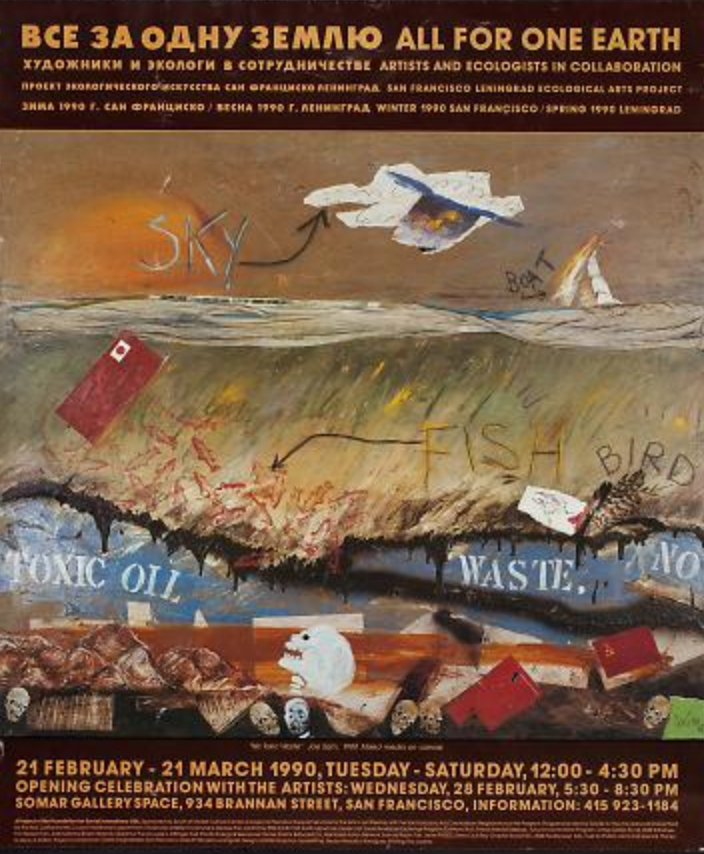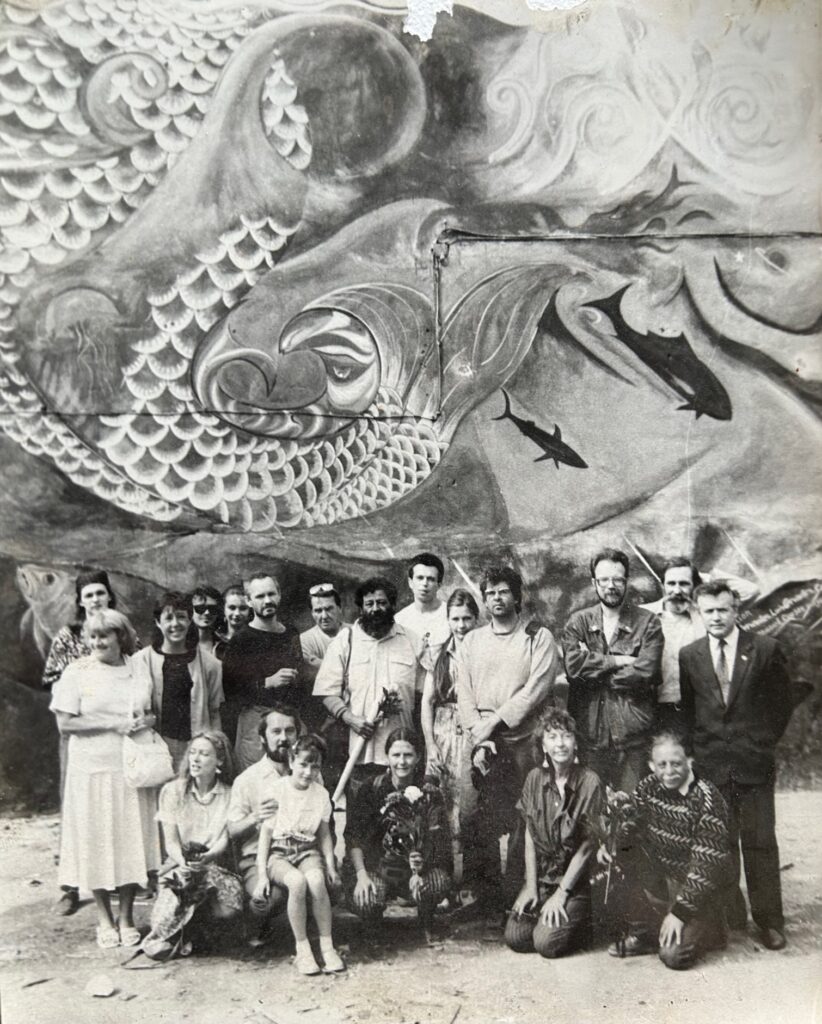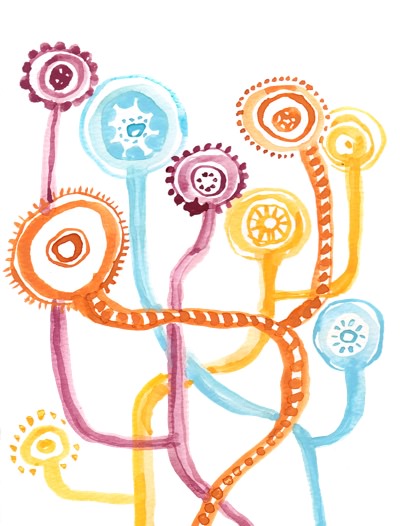All For One Earth – Cross-cultural, Interdisciplinary, Collaboration Magic
I recently came across a video documentary that I produced back in 1990 that was about The San Francisco Leningrad Ecological Arts Collaboration (SLEAC), one of the most inspiring collaborations I’ve ever worked on. This was back in the day before digital non-linear editing, so what I discovered was an old video tape. It was the only copy I had; and, had been looking for it for some time. I reached out to the Bay Area Video Coalition (BAVC) to transfer it to a digital format. Unfortunately, the tape was damaged with mold. Amazingly, BAVC was able to get it restored. I got the digital files and was able to watch it for the first time in years, the day that Russia invaded Ukraine.
I say that it was the most inspiring collaboration for many reasons. This was an intercultural, interdisciplinary collaborative exchange that focused on both local and global issues. It took place in early 1990, a time when relations between the USA and USSR were starting to thaw, thanks in part to Citizen Diplomacy efforts like the SLEAC project.
What SLEAC did was bring artists and scientists from Leningrad (now Saint Petersburg, Russia) together with artists and scientists from the San Francisco Bay Area for the purpose of exploring together how to deal with local ecological problems as well as the common global ecological crisis.
It started with this diverse group coming together in San Francisco for 5 weeks of investigations, collaboration, and action. The group gathered at the Headlands Institute for a 2 day planning session facilitated by an innovator of graphic facilitation, David Sibet. Given the language barriers David’s technique of drawing graphic representations of what participants were saying was invaluable. During these two days, the ecologists from both countries made presentations about environmental threats that each faced. Both expressed concerns about the difficulty in informing the public about the importance of protecting the environment.
Together the group planned out many paths of action. Over 5 weeks the group:
- visited environmental organizations
- participated in actions/protests that were against the destruction of nature
- toured environmentally sensitive areas
- visited the Exploratorium and saw how art and science can work together to engage and inform.
- toured the San Francisco Mission district murals and learned the process of community mural making
- Created works of art both individually and collaboratively that reflected what they were learning and sparked awareness and action.

The time in San Francisco culminated in an art show titled All For One Earth at SOMAR Gallery with works by the individual artists and collaborations that expressed the spirit of their collaboration and warnings about what’s at stake if we don’t collectively address environmental concerns.
The collaboration continued with many of the artists and scientists from San Francisco traveling to Leningrad for similar tours and explorations. Together they studied the pollution in the Neva river and worked to raise awareness about the importance of cleaning it up.
The culmination of that exchange was a large community mural titled Water is Life in a central area of Leningrad.

Today the mural is a landmark, recognized as the first official mural in the city. The mural and the work of the scientists and artists inspired great public awareness and action and ultimately contributed to keeping the Neva river relatively clean and safe to this day.
This project continues to inspire me. It reminds me of the Margaret Mead quote “Never doubt that a small group of thoughtful, committed citizens can change the world; indeed, it’s the only thing that ever has.” But it’s also true that change is constant; and, that it’s important, and possible to bring diverse, thoughtful groups together to take on some of the most pressing problems in our communities and our world.
